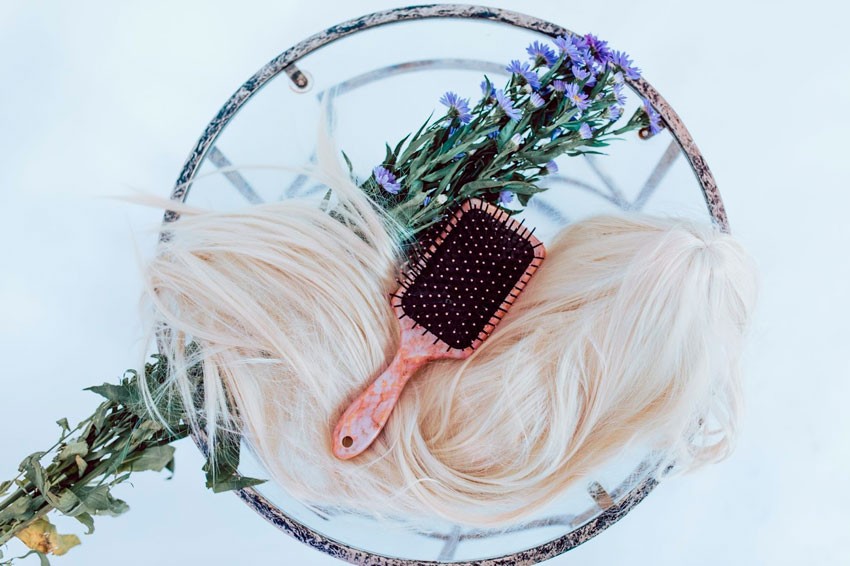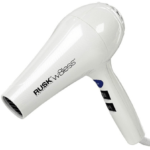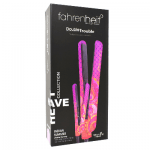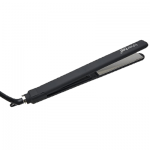Out of the different options for hair extension use, one of the best ones for semi-permanence has been and continues to be tape in extensions. Why? Because they can be applied quickly and when it comes to removing them, it’s simpler than other hair extension removals.
It’s good to note, however, that not all tape in extensions are made the same. Some have very strong adhesives that cause hair damage when you try to remove them. Others are improperly manufactured and will leave the adhesive in your hair during removal.
Ultimately, it’s important to practice caution and purchase quality tape in extensions that will last long and minimally affect your hair when you go to remove them. Down below, we’re going to give you all the details you need if you’re wondering how to get tape in extensions out, so if you’re ready to learn more, read on!

Can Tape In Extensions Be Removed at Home?
Tape extensions have the ability to truly elevate hair looks. Once you have them installed, it’s easy to see that they were worth the money and time. Now, weeks later, when it comes time to remove them, you may debate over whether to go to a professional salon or remove them on your own to save yourself the visit.
If you feel unsure and uncertain about taking out tape in extensions on your own due to lack of experience, we do recommend you go to the salon for your removal. However, if that option doesn’t work for you, don’t be worried – tape in extensions are very simple to remove in the comfort of your own home. What you need to be aware of while taking them off is that too much pulling will create hair loss. So, be careful and gentle when doing so.
When It’s Time to Remove
Tape in extensions are great because they last for long periods of time. On average, most people who use tape in extensions get a good 10 weeks out of them. You can wait between 8 to 12 weeks before you remove tape in hair extensions.
Although, be sure to take note of how quickly your hair grows. If your hair typically grows quickly, you may need to remove sooner because the faster hair growth happens, the faster they need replacing.
Additionally, if you use lots of product when styling your hair, you need to take into account product buildup, as this can loosen tape extensions more quickly, which means you’ll need to replace them sooner. As a rule of thumb, when you feel your extensions have grown more than a couple inches or you notice some slipping out, it’s time to have them removed or reapplied.
Removing Tape In Extensions
In the world of hair extensions, those that are tape-in are generally easier to remove than bonds. Below, we’ve laid out two ways you can do so.
Adhesive Remover
The first thing you can do is get yourself some tape-in extension adhesive remover. There are plenty to choose from on Amazon. Once you have the product in your possession, the next thing you need to do is apply one to two drops of the remover onto the areas of tape.
Then, massage the remover in and soon you should feel the tape begin to loosen up. Once you feel it become loose, you may gently peel away the extension and slide it down your hair until you get it all the way off. And voila, you’re done!
Natural Oil
If you don’t have any adhesive remover on deck, using hair oils can be a fantastic alternative. Since they are not chemically-based, they are healthier for your strands. The different oils you can use to remove tape in hair extensions are as follows:
- Coconut oil
- Olive oil
- Almond oil
- Baby oil
Simply apply the oil at the roots, let sit for 15 minutes and then detach the tape wefts from your hair. Although using oil may take longer than using adhesive remover to remove all the product and residues, it will ultimately be the better choice for your hair health.
Post-Extension Removal Aftercare
The same way we use nail-hardener polishes to take care of our nails, especially after acrylic removals, we want to make sure to take care of our hair after removing extensions. You can do at-home conditioning treatments to help your hair rebuild and rejuvenate after any bonds have been broken.
Also, you can never go wrong with a good hair mask. Masks like these support your hair in being well-conditioned until the next time you see your hairdresser. Of course, keep in mind that there are best practices for how often you should condition your hair for the healthiest results!
With that, we wish you all the luck with your extensions, love!


